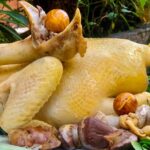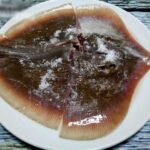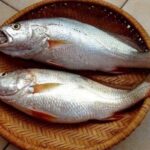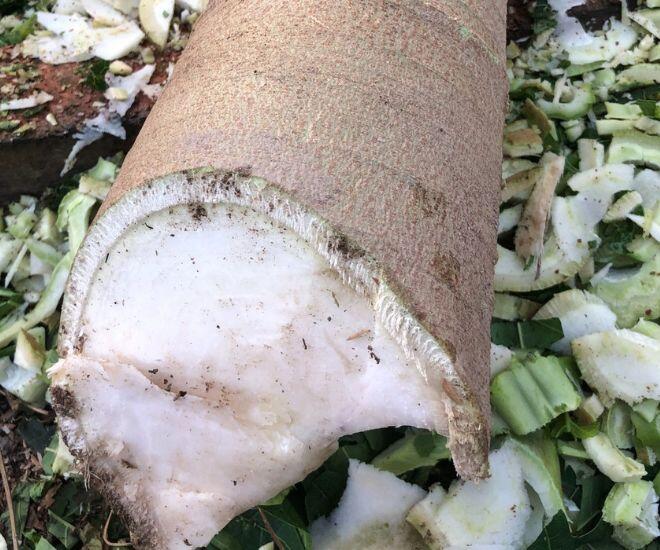
In the face of adversity, the resourceful Vietnamese turned to an unlikely source of sustenance – the papaya tree. During challenging times, particularly during stormy seasons when crops failed, pickled papaya core was a “life-saving” food for many.
According to locals, in difficult times, large families with limited means considered meat and fish a luxury. When papaya trees fell or were damaged, resourceful cooks would salvage the trunks, particularly the white core, to pickle and preserve for lean times.
The papaya core, located within the trunk, is firm, fibrous, and white. Larger, older trees yield a more tender core, ideal for pickling. Unlike some vegetables, the papaya core does not turn bitter when pickled; instead, it retains a crisp texture and a hint of sweetness, similar to turnips.
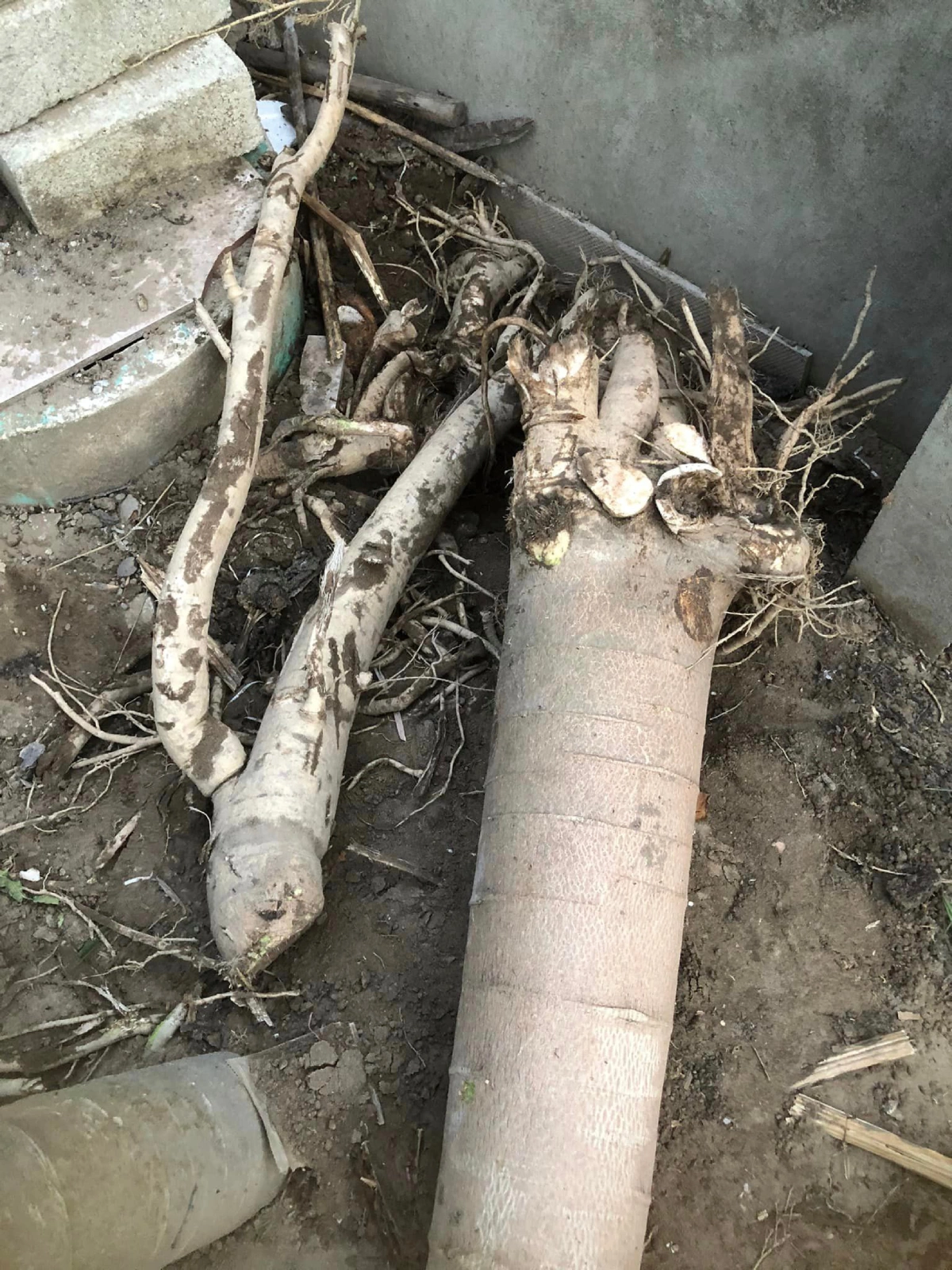
The process of pickling papaya core is a well-guarded tradition passed down through generations. First, the papaya trunk is cut, keeping only the sturdy base. It is then split lengthwise, and the white core is carefully removed, peeled, and thoroughly washed. The core is typically cut into matchstick-sized pieces, perfect for pickling.
A crucial step is to soak the core in a brine solution for about half an hour to remove excess sap and toxins. Afterward, the core is mixed with salt and packed into jars or crocks, alternating layers of papaya and salt, and weighted down with bamboo mats. Finally, boiling brine is poured over the contents, and the container is sealed. After a week to ten days, the pickled papaya core is ready to be enjoyed.
Following folk wisdom, the amount of salt used is similar to that for pickling eggplant, with a slightly heavier hand to ensure thorough preservation, especially in hot and humid weather. This technique keeps the papaya core crisp, white, and flavorful.
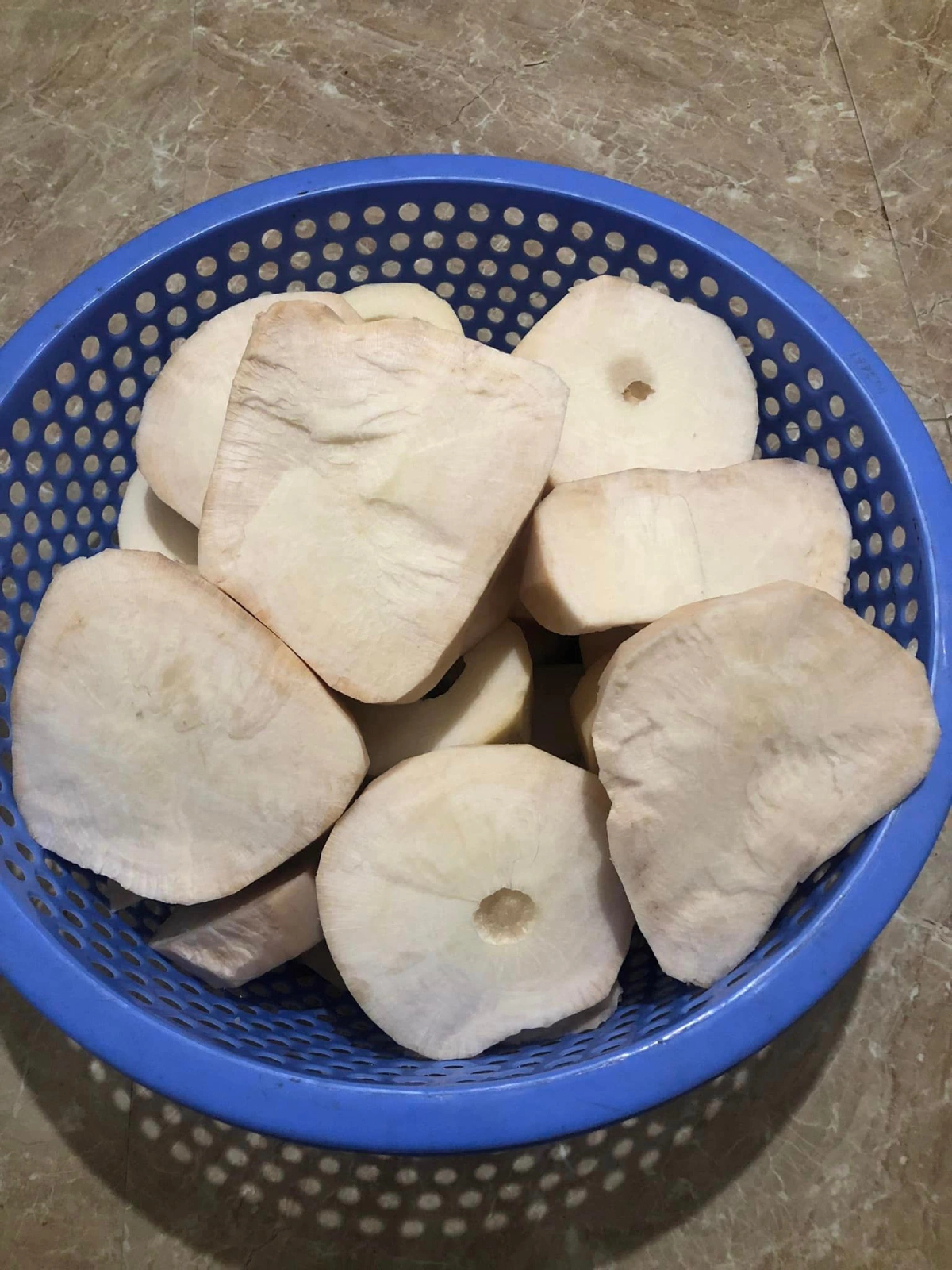
The pickled papaya core is incredibly versatile, and creative cooks have developed numerous dishes featuring this humble ingredient, enriching their family’s daily meals.
Thinly sliced, it can be stir-fried with dried shrimp or fragrant shallots. Adding a few stalks of lemongrass to the mix creates a uniquely aromatic dish. Some households also use the pickled core in fish stews or crab dishes or simply shred it for a vegetarian stir-fry.
Of particular note is a dish fit for royalty on a pauper’s budget: stir-fried papaya core with shallots and pork fat. The thin strips of papaya core turn a golden hue when fried, and the addition of fried shallots and a few strips of lemongrass transforms this simple dish into a culinary delight. Many compare its crisp, savory flavor to chicken, a rare treat in those days.
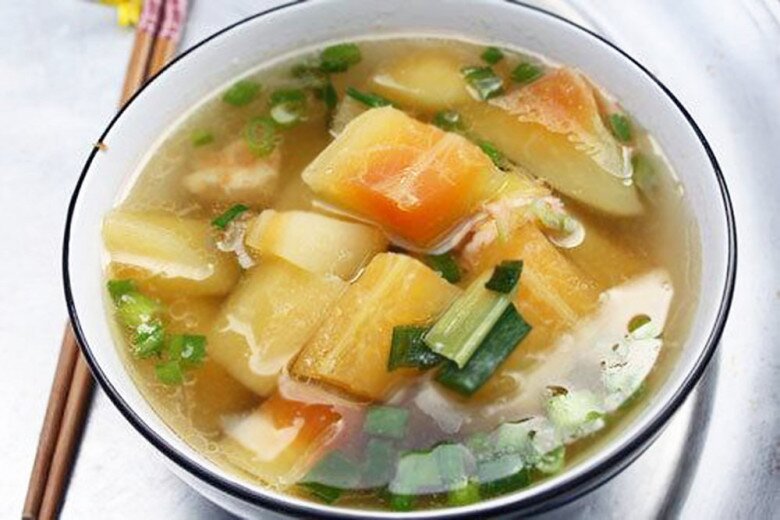
Today, although economic conditions have improved, many families still cherish pickled papaya core as a unique pickled vegetable. One of the most popular dishes is fish stew, layered with papaya core, fish, and pork belly, slowly simmered until the flavors meld. The papaya core adds a tangy note to the rich stew, and a hint of chili pepper adds depth.
Additionally, the pickled papaya core can be used to create a unique sweet and sour salad, combined with herbs, roasted peanuts, or boiled meat, offering a novel twist to city dwellers’ palates.
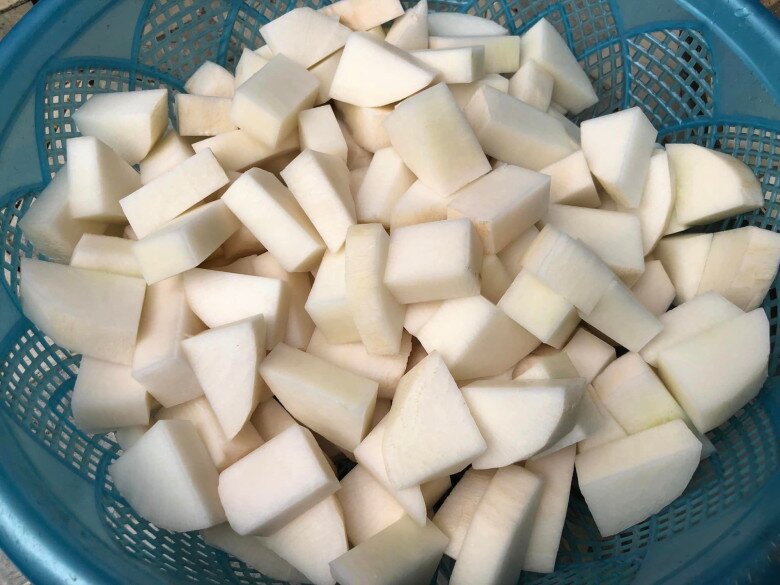
Beyond its culinary uses, the papaya core holds a special place in cultural memory. It symbolizes resilience and ingenuity during challenging times, when making the most of nature’s bounty was essential for survival. Transforming what would otherwise be discarded into a nourishing meal is a testament to the resourcefulness of past generations.
While rural life has improved, and papaya core is no longer a staple for many, it remains a cherished memory for those who grew up with it. For those who have ventured far from home, the crisp, tangy taste of papaya core evokes childhood memories, a taste of home that no exotic delicacy can replace.
The Ultimate Fish Cooking Hack: A Special Water Bath for Your Pan
Introducing the culinary world’s best-kept secret: a magical liquid that transforms your cooking! With just a splash of this special water, your fish dishes are elevated to new heights. Bid farewell to overpowering fishy odors and embrace tender, flavorful meat that melts in your mouth. Serve it with a side of steaming rice, and watch as your guests devour every last bite, leaving nothing but satisfied smiles and empty plates. Uncover the magic within this liquid and take your culinary creations to the pinnacle of perfection!
The Ultimate Guide to Cooking Delectable Pig’s Trotter Stew: A Dish That Will Leave You Craving for More
“Mock wild boar stew, or ‘Giả Cầy’, is a delicious Vietnamese dish that uses pork hock as its star ingredient. The meat is lean and tender, and when cooked, the skin becomes crisp and flavorful. This dish is a testament to the creativity and ingenuity of Vietnamese cuisine, transforming humble ingredients into a culinary delight.”


























